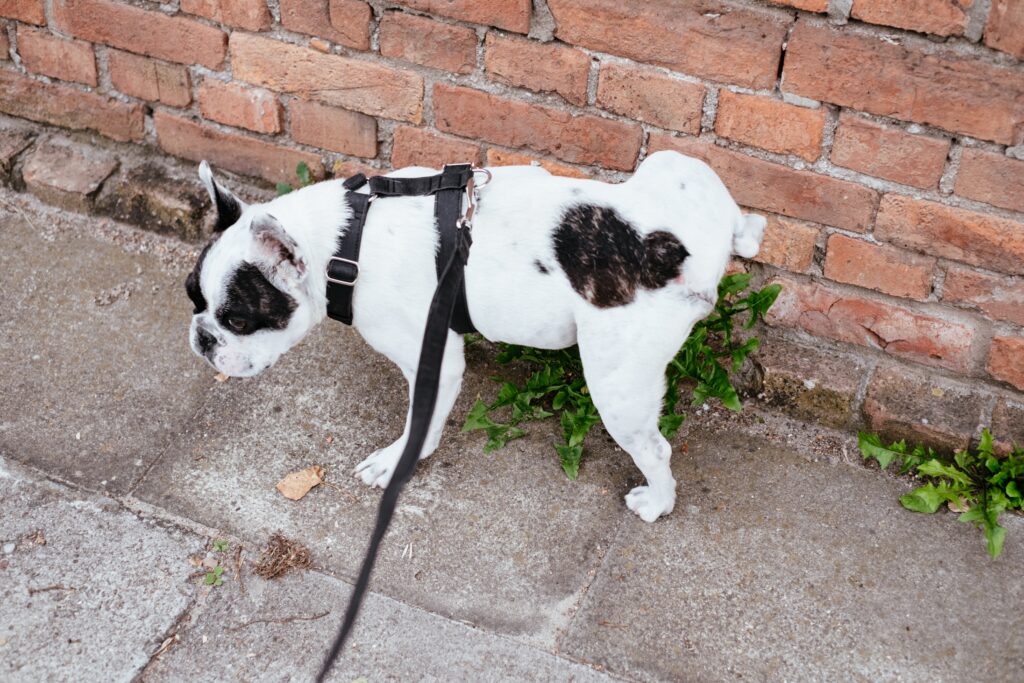If you notice that your dog’s pee is green, it’s understandable to be concerned and wonder what could be causing this.
While it’s not a common occurrence, green urine in dogs can be a sign of various underlying health issues. Here’s a closer look at some of the potential causes of green pee in dogs.
1. Urinary Tract Infection (UTI)
A urinary tract infection is one of the most common causes of green urine in dogs.
UTIs can be caused by bacteria, viruses, or other microorganisms that enter the urinary tract and cause an infection.
Symptoms of a UTI may include frequent urination, straining to urinate, and urinating in small amounts.
Other signs of a UTI may include cloudy or foul-smelling urine, blood in the urine, and greenish or yellowish urine.
If you suspect that your dog has a UTI, it’s important to see a veterinarian as soon as possible to get a proper diagnosis and treatment.
2. Liver Disease
Green urine can also be a sign of liver disease in dogs.
The liver plays an important role in filtering waste products from the bloodstream, and when it’s not functioning properly, it can lead to a buildup of toxins in the body.
This can result in changes to the color and odor of the urine, including green or brownish-green urine.
Other symptoms of liver disease in dogs may include vomiting, diarrhea, loss of appetite, and lethargy.
If you suspect that your dog may have liver disease, it’s important to seek veterinary care right away.
3. Medications
Certain medications can also cause changes in the color of your dog’s urine.
For example, if your dog is taking a medication that contains phenazopyridine, it can cause the urine to turn green or blue-green.
Other medications that may cause green urine in dogs include amitriptyline, cimetidine, and propofol.
If you suspect that your dog’s green urine may be related to medication, it’s important to talk to your veterinarian about potential side effects.
4. Diet
Believe it or not, your dog’s diet can also play a role in the color of their urine.
If your dog eats a lot of green vegetables, it can cause the urine to take on a greenish hue. This is because the pigments in the vegetables are excreted in the urine.
In most cases, green urine caused by diet is harmless and will go away on its own.
However, if you’re concerned about your dog’s green urine, it’s always best to talk to your veterinarian.
5. Biliverdin
Another potential cause of green urine in dogs is biliverdin.
Biliverdin is a green pigment that is a byproduct of the breakdown of hemoglobin in the blood.
In most cases, biliverdin is excreted from the body in the feces, but in some cases, it can also be excreted in the urine, causing it to turn green.
Biliverdinuria (the presence of biliverdin in the urine) can be a sign of a liver or blood disorder, so if you notice that your dog’s urine is green and they are exhibiting other signs of illness, it’s important to see a veterinarian right away.
conclusion
Green urine in dogs can be a sign of a variety of underlying health issues, including urinary tract infections, liver disease, medications, diet, and biliverdinuria.
If you notice that your dog’s urine is green, it’s important to keep an eye on their overall health and behavior, and to seek veterinary care if you’re concerned.
Your veterinarian can perform diagnostic tests to determine the underlying cause of the green urine and develop an appropriate treatment plan.

